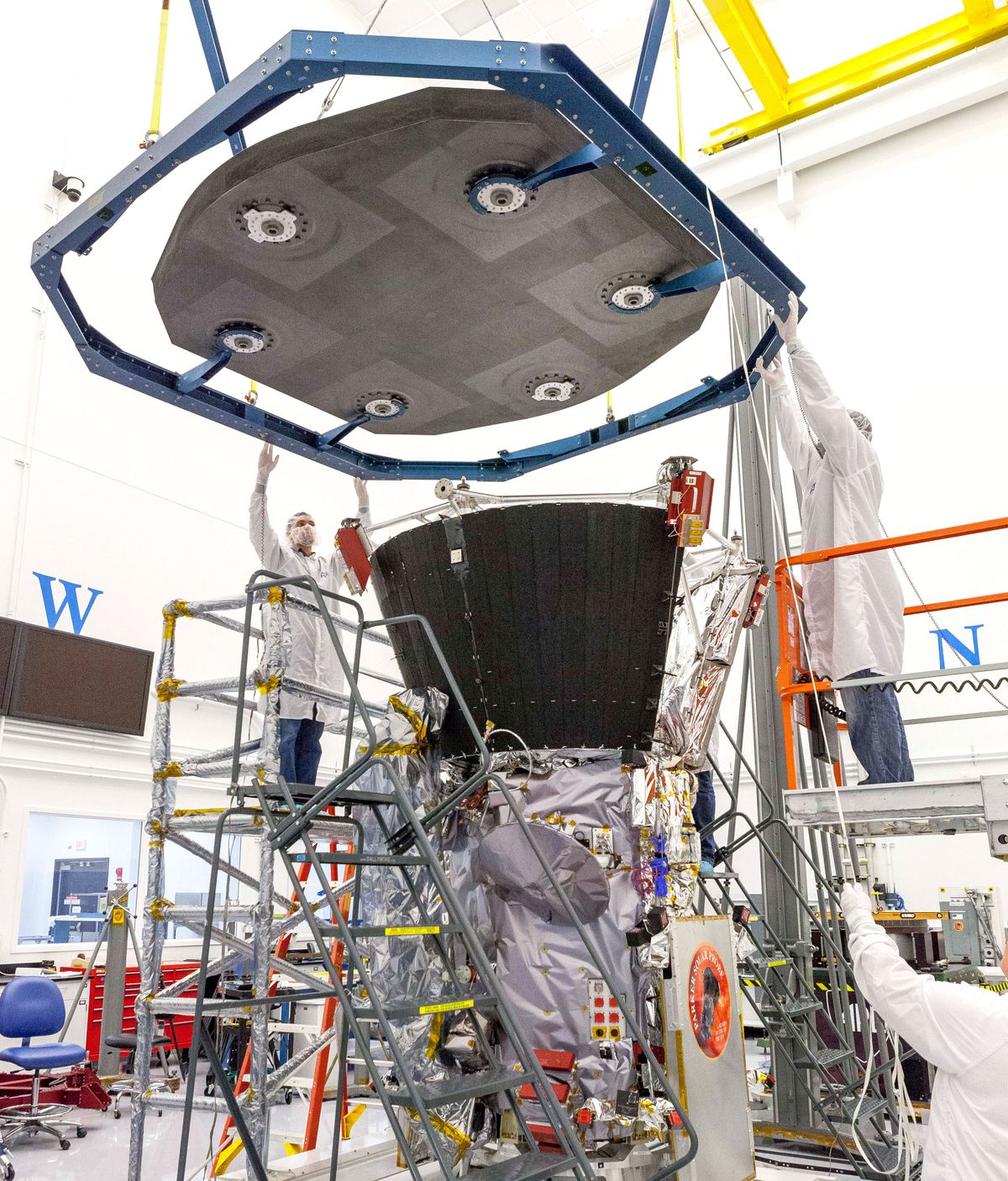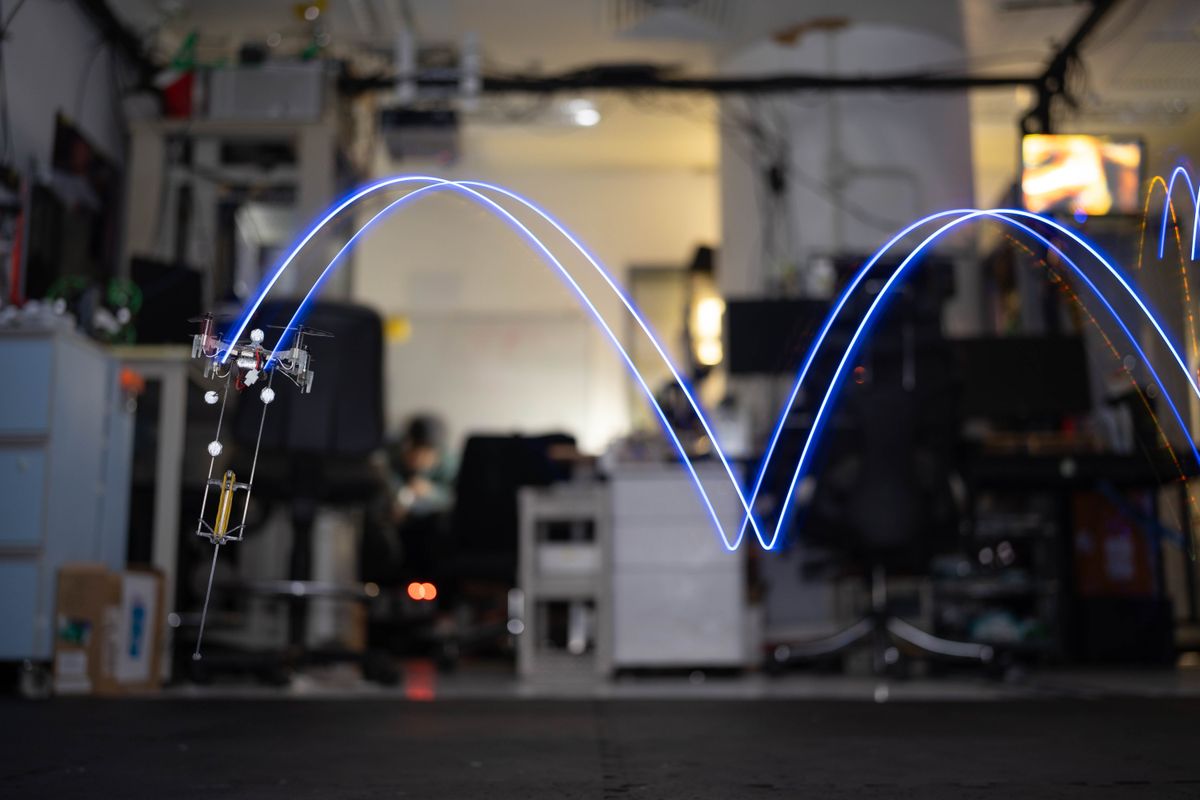Over six decades of exploring the solar system, the U.S. National Aeronautics and Space Administration (NASA) has sent spacecraft to all of the planets, a smattering of moons, and even an asteroid or two. But the biggest hotspot of all—the sun—has remained unvisited. If all goes well, though, the sun will get its first emissary from Earth by the end of October.
The spacecraft, called the Parker Solar Probe, is now undergoing tests at NASA’s Goddard Space Flight Center in Greenbelt, Md. It’s the culmination of six decades of studies, tests, engineering and mission planning, dating back nearly to the founding of NASA itself, says Nicola Fox, the mission’s Project Scientist at the Johns Hopkins University Applied Physics Laboratory. Speaking at the 2018 South by Southwest Interactive conference in Austin, Texas, Fox called the ambitious project “the coolest hottest mission under the sun.”
Space scientists first proposed a visit to the sun in 1958, Fox adds. That year, James Van Allen (yes, that Van Allen) was part of a committee that proposed 12 missions to be undertaken by the newly-formed NASA. “Of the 12, 11 have already flown,” Fox notes. “The only one that did not was this probe [meant] to go up into the sun’s atmosphere,” Fox adds.
Fox explains that the probe is designed to help solve two deep mysteries about the sun. First, “Why is the corona”—the outer layer of the sun’s atmosphere—“hotter than the surface of the sun?” The surface has a temperature of 6000 degrees Centigrade, but the corona is roughly 300 times as hot, at about 3 million degrees.
“It doesn’t make sense,” Fox declares. “It’s like walking away from a campfire and it gets hotter as you move away.”
The other big question is: “What causes the material [in the outer layers of the Sun] to get so energized and actually cause the solar wind?” she adds. The solar wind, a continuous stream of charged particles (notably electrons and protons) that flow out of the sun into space, is the main mechanism by which the sun interacts magnetically with the Earth.
The most spectacular examples are the geomagnetic storms caused on Earth by solar-wind shock waves. The most powerful of these in recorded history was the 1859 Carrington event, which shut down all telegraph activity in the United States for four days and produced auroras so bright that some people and birds mistook the light for the rising sun. Various analyses have suggested that if a Carrington-type event were to happen now, it could cause US $2 trillion in damages and result in power outages that could last as long as a year.
To gain a better understanding of the solar wind, “at some point you have to go and visit,” Fox says. “You have to experience the environment. You have to measure [from inside] the corona—all the particles there: the ions, electrons, protons, the different particles and species, that are causing this huge flow.”
“It’s the last piece of the puzzle,” says Elizabeth Congdon, senior staff member at the Hopkins lab. Noting that the solar wind comes from the corona, she explains, “That’s where the magic happens. That’s where the solar wind is born. When we can put that piece into the models, we can do a dramatically better job of knowing how it will affect the Earth.”
“We’re going to be rewriting textbooks on solar science,” Congdon concludes.
The earliest launch window for the 12-week journey to the sun via Venus—which will bend the probe’s trajectory away from Earth orbit and toward its destination—begins on 31 July. Once in orbit around the sun, the probe’s closest approach will be 6.3 million kilometers (3.9 million miles) from the solar surface. Its orbital velocity will approach 690 000 kilometers/hour.
Among the many extreme tech challenges, dealing with the heat was foremost. The probe’s instruments—many of them magnetometers for measuring aspects of the solar wind—will be protected behind a roughly circular heat shield.
The heat shield consists of a layer of carbon foam sandwiched between two layers of a carbon composite, explains Congdon, whose official title is lead engineer for thermal protection systems. The 73-kilogram shield is 2.44 meters in diameter and a scant 11.43 centimeters (4.5 inches) thick. While the probe orbits the sun, the front of the heat shield is expected to reach 1400 degrees Centigrade; its back side will be a comparatively frosty 300 °C (600 °F). Inside the spacecraft’s bus, where the instruments will be shielded, the temperature is expected to be 30 °C (85 °F).
Photovoltaic cells, cooled by a heat-exchange system that uses water as the working fluid, will provide electric power on the craft. The team actually considered many different cooling fluids before settling on water, which had the best combination of characteristics, Congdon explains.
Another tech advance was the software that will give the probe enough autonomy to ensure that its heat shield is always between the sun and its instruments. Because it takes 8 minutes for radio waves to reach the sun, remote control of the craft was out of the question.
Fox explains that the long gestation period for the Parker mission was dictated by the pace of technological advances in fields such as materials science and software algorithms. “We had to wait 60 years for technology to catch up to our dreams,” she says.
“It’s been said that scientists see the world as it is and engineers see the world as it could be,” she adds. “This mission is about scientists and engineers working together."
Glenn Zorpette is editorial director for content development at IEEE Spectrum. A Fellow of the IEEE, he holds a bachelor's degree in electrical engineering from Brown University.



